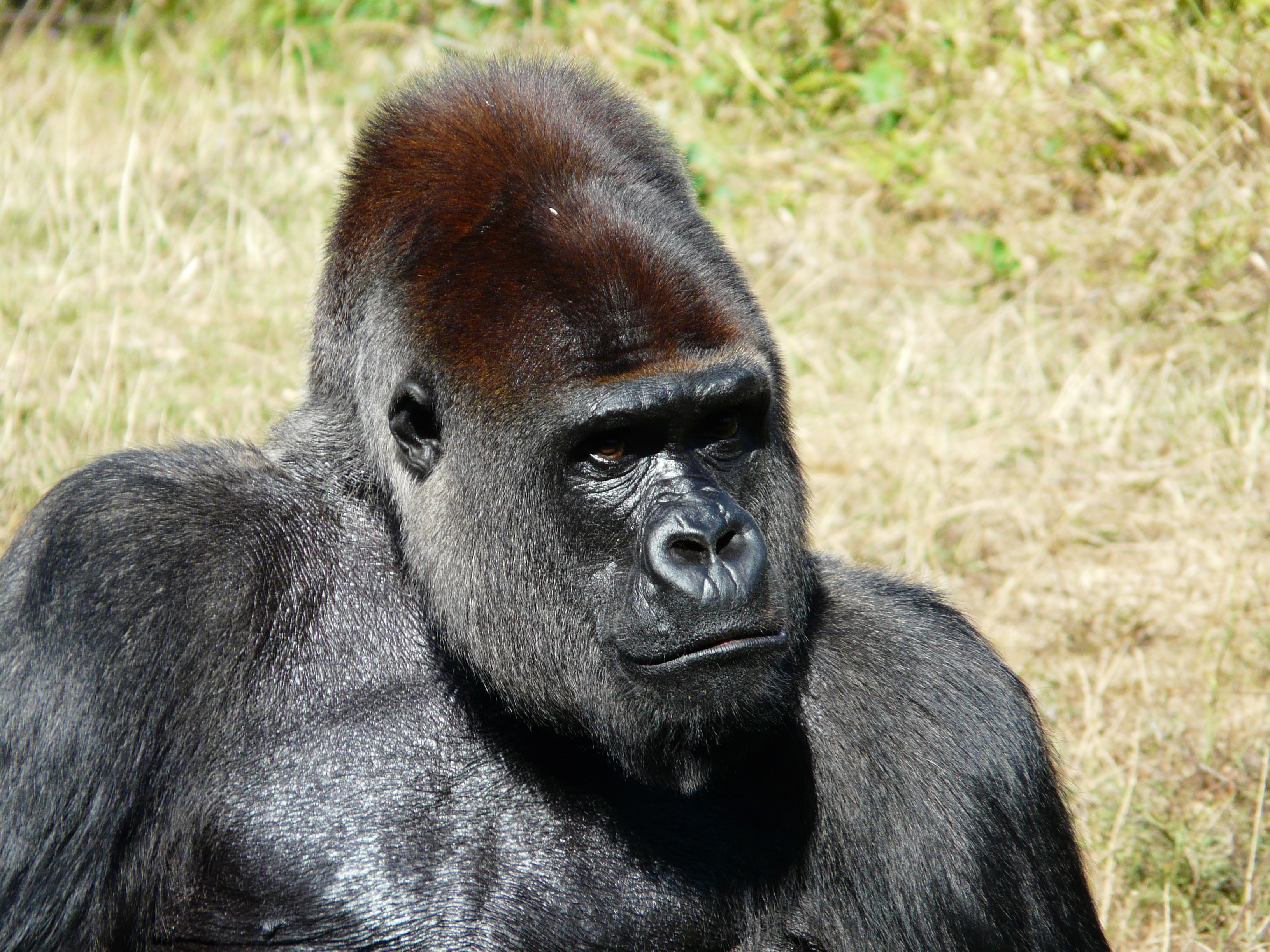- Threatened species conservation
- Bénéficiaire ERuDeF - Environment and Rural Development Foundation
- Montant du projet 34 511 €
- Subventions FFEM 20 000 €
-
État du projet achevé
Lebialem highlands fall within Cameroon-Nigeria cross-border forests which are extra-ordinarily diverse with a high degree of endemism (Davis et al, 1994). The Guineo-Congolian forests of western and central Africa are currently experiencing a ‘boom’ in bushmeat hunting (Barnes 2002). The current level of harvesting is deemed unsustainable; estimates suggest wildlife extraction is occurring at more than 6 times the sustainable rate (Robinson &Bennett 2000, Bennett 2002). Lebialem highlands contain some of Africa’s most threatened primate species, including the Cross River gorilla (Gorilla gorilla diehli), Nigeria-Cameroon chimpanzee (Pan troglodytes elloti), Drill (Mandrillus leucophaeus) and Preuss’s guenon (Cercopithecus preussi) (Ekinde & Khumbah 2006, Nkembi et al. 2006, IUCN 2009).
Primates are among the most threatened taxa with almost half of the world’s primate species in danger of extinction from habitat destruction, illegal wildlife trade, and commercial bushmeat hunting (Mittermeier et al. 2009). Primatologists need to monitor populations so as to inform project management on further directives. Management decisions for rare species like Great apes are heavily influenced by abundance and distribution (Thompson, 2004). Unfortunately in the Lebialem highlands like in most places where great apes are found, these species are elusive and reside in remote areas where traditional survey methods are likely to be ineffective or impractical (Kieruff et al. 2004; Tan et al. 2013).
Previous researches on great apes in the area have been based on the collection of indirect signs due to cryptic nature of animals and thick undergrowth. This method that involves a lot of human labor though with very limited fundings gives only a general idea on population trends and distribution maps. Cyber tracking, camera trapping and recycled Smartphone monitoring (Rainforest connection device) are recent technologies that have been used separately for the conservation of rare and endangered species, anti-poaching/logging patrols and forest conservation. By using recycled smartphones, existing telecommunications, cyber tracker and camera traps infrastructures, the Environment & Rural Development Foundation (ERuDeF) will build a system that could generate information quickly enough to make a real time impact in the conservation of apes. These innovative technologies will create a platform involving scientists and local communities in key areas of biodiversity, leading to the combination of indigenous knowledge with state-of the-art computer and satellite technology.
This phase of the project will be focused exclusively in the Tofala Hill Wildlife Sanctuary wich is currently managed by the government of Cameroon through an appointed Conservator and his team. ERuDeF is serving as a technical manager providing scientific support and mobilising additional resources. ERuDeF have the authourity to carry out projects that benefit both the wildlife and human communities in and around Tofala.
The main objective of the project is the long term conservation of great apes in the Tofala Hill Wildlife Sanctuary. The global aim of ERuDeF is to restore the dwelling populations of great apes to viable populations in the protected areas of Lebialem Highlands. This project is part of a comprehensive program, “Central African Great Apes” (CAGA) which is a joint initiative developed by six organizations from the African Civil Society partners of the SSIP in Central Africa with the objective is to share experiences and an action program.

